Ever felt like your cat is living in a secret world, and you’re just a clueless guest? You’re not alone. Many cat lovers find themselves puzzled by their feline companions’ mysterious actions and odd behaviors. We adore our cats, but sometimes it feels like we’re speaking different languages entirely. From tail flicks to midnight zoomies, the gap between human and feline understanding can lead to some hilarious, frustrating, and even touching moments. Let’s shed some light on the most common misunderstandings between cats and their owners, so you can build a stronger, more harmonious bond with your whiskered friend.
Thinking a Purring Cat is Always Happy
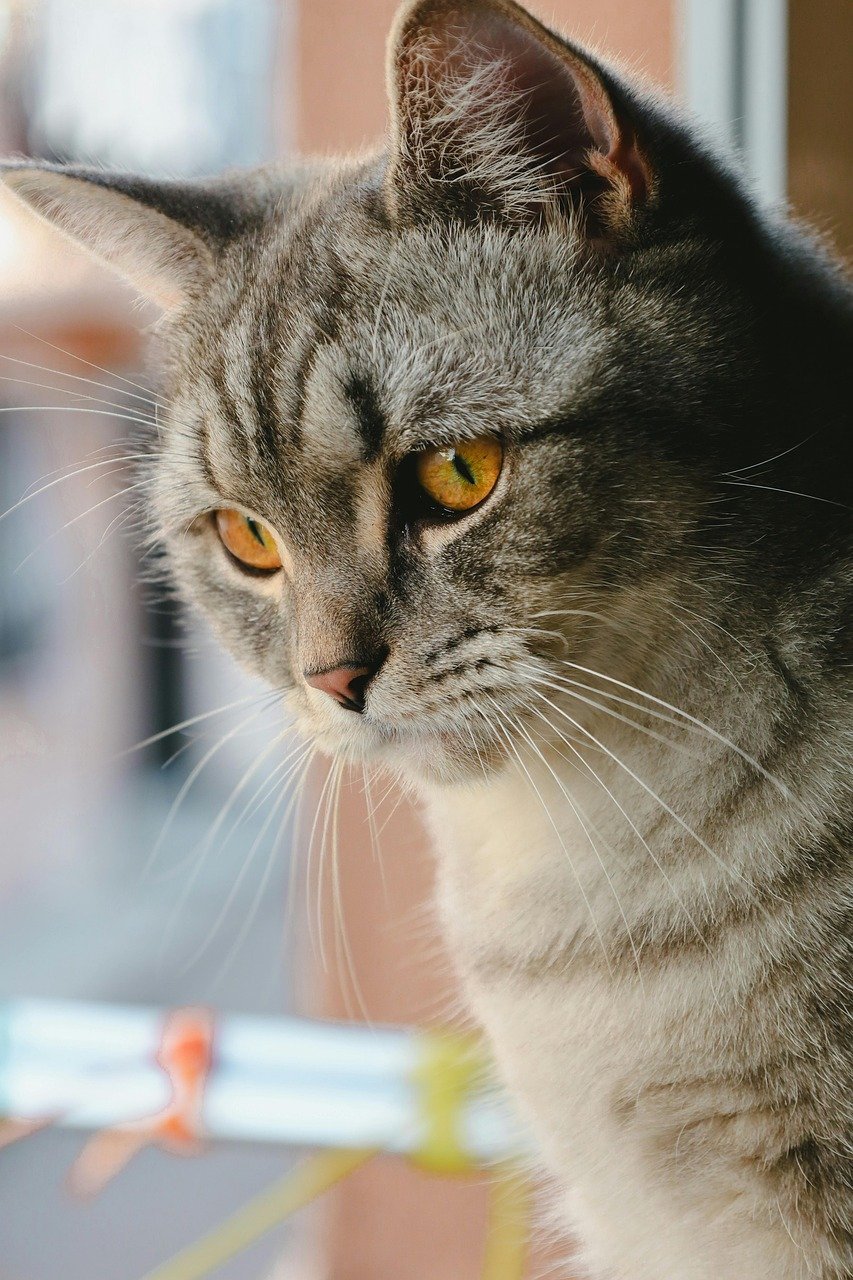
It’s a scene straight out of a cozy movie: your cat is curled up, purring away, and you assume she’s living her best life. But here’s the twist—purring isn’t always a sign of contentment. Cats also purr when they’re stressed, scared, or even in pain. This can be shocking for owners who equate purring solely with happiness. Instead, pay attention to other signals like body language and the situation at hand. Sometimes, a purring cat is actually seeking comfort or trying to self-soothe. The next time you hear that gentle hum, take a closer look—it might be a request for help rather than a sign of bliss.
Assuming Headbutts Mean the Same as Dog Kisses

When a cat gently bumps its head against you, many owners think it’s just like a dog’s lick—a display of affection. While it’s true that headbutting, or “bunting,” is a loving gesture, it’s also a way for cats to mark you with their scent. This action says, “You’re part of my territory now.” It’s both sweet and a little possessive. Understanding this helps foster a deeper connection and appreciation for your cat’s unique ways of showing love. It’s not just a kiss—it’s a claim!
Misinterpreting Slow Blinks
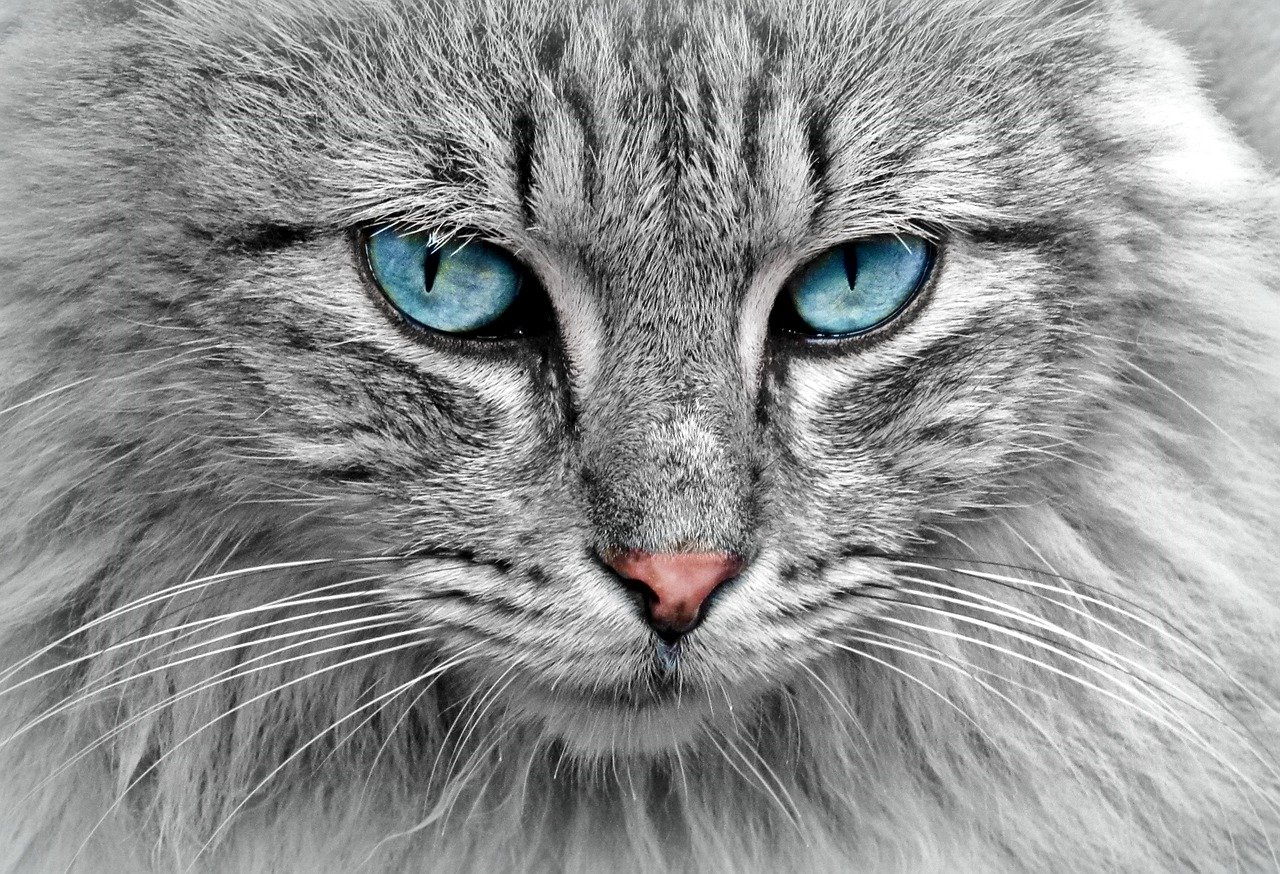
Those slow, dreamy blinks your cat gives you aren’t just signs of sleepiness. In cat language, a slow blink is the equivalent of a trust-filled smile. When you blink back slowly, you’re letting your cat know you feel safe and relaxed around them, too. Owners who miss this subtle signal might underestimate their cat’s affection. Try returning a slow blink—you might be surprised by the soft, intimate bond it creates.
Believing Kneading Means Your Cat Wants Milk

You might catch your cat kneading a blanket or your lap, and wonder if she’s searching for milk like a kitten. But kneading is actually a leftover behavior from kittenhood, associated with comfort and safety. Adult cats knead when they’re happy, trying to make a soft spot to rest, or even marking territory with scent glands in their paws. Don’t worry—your cat isn’t hungry for milk. She’s just happy to be with you.
Assuming a Wagging Tail Means Happiness
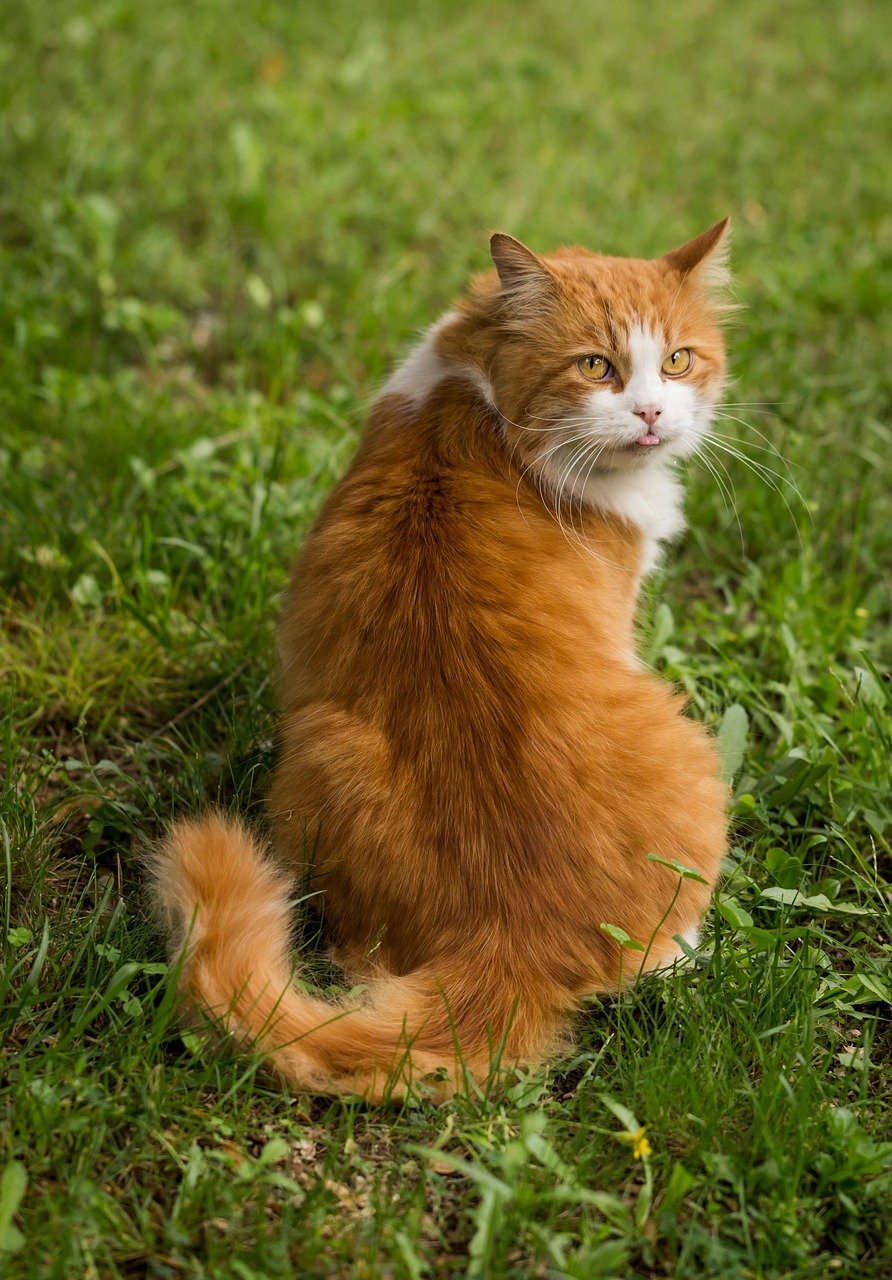
For dog owners, a wagging tail is the universal sign of joy. But with cats, a wagging or flicking tail often means irritation, excitement, or even anger. If you see your cat’s tail lashing back and forth, it’s best to give her some space. Mistaking this signal can lead to accidental scratches or bites. Understanding this difference can prevent a lot of confusion and help you read your cat’s mood more accurately.
Thinking Hiding Means Dislike
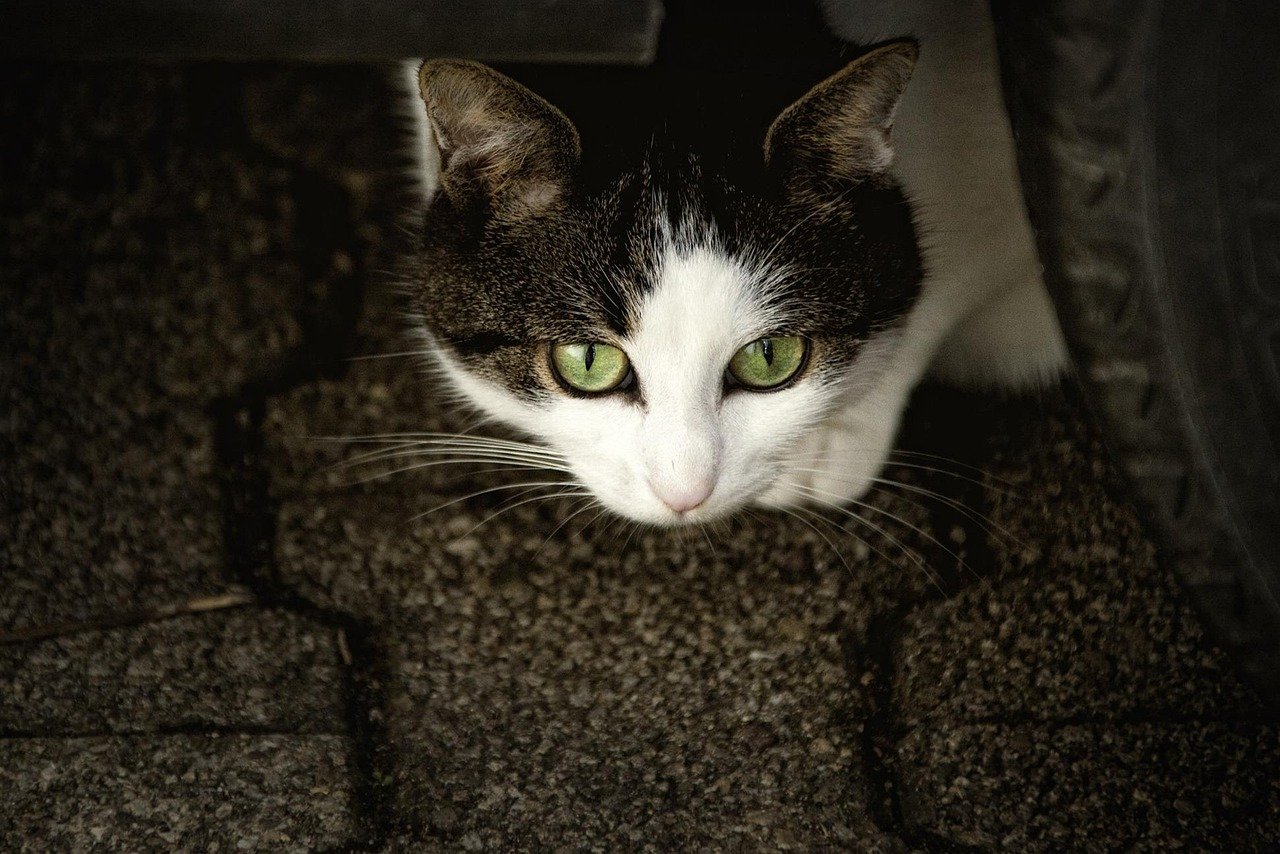
It’s easy to feel rejected when your cat disappears under the bed the moment guests arrive. Many assume their cat dislikes them or is being unfriendly. In reality, hiding is a natural feline response to stress or unfamiliar situations. Cats retreat to feel safe, not to snub you. Instead of taking it personally, give your cat time and space. Eventually, she’ll emerge when she feels secure.
Assuming Scratching is Just Bad Behavior

When your cat claws the couch, it’s tempting to think she’s being naughty. But scratching is an essential behavior for cats—it helps them stretch, mark territory, and maintain healthy claws. Scolding your cat won’t change this instinct. Instead, provide scratching posts and reward her for using them. Meeting her needs will save your furniture and make both of you happier.
Believing Cats Are Always Aloof
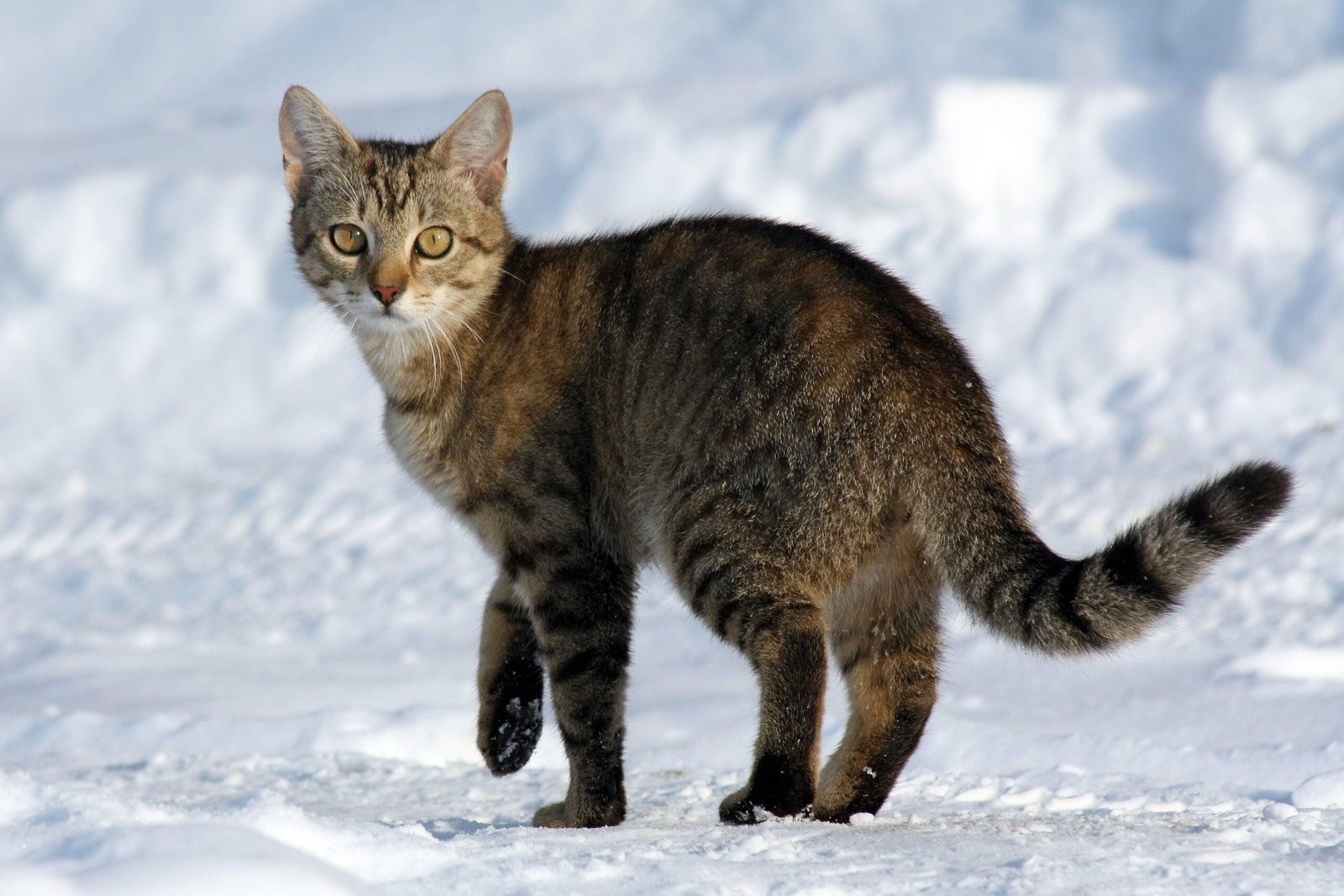
Cats have a reputation for being independent and distant, but this stereotype doesn’t fit every feline. Many cats crave affection, playtime, and connection with their humans. Owners who assume their cats want to be left alone might miss out on building a stronger friendship. If your cat brings you toys, sits nearby, or follows you from room to room, she’s showing her love in her own quiet way.
Thinking Cats Don’t Need Playtime

Because cats seem so self-sufficient, some owners think they don’t need regular play. In truth, playtime is vital for a cat’s health and happiness. Play mimics hunting behaviors and prevents boredom, obesity, and destructive habits. Even older cats benefit from interactive toys and gentle games. Set aside time each day to engage with your cat—it’s a surefire way to deepen your bond and keep her mind sharp.
Misunderstanding Meows as Just Random Noise
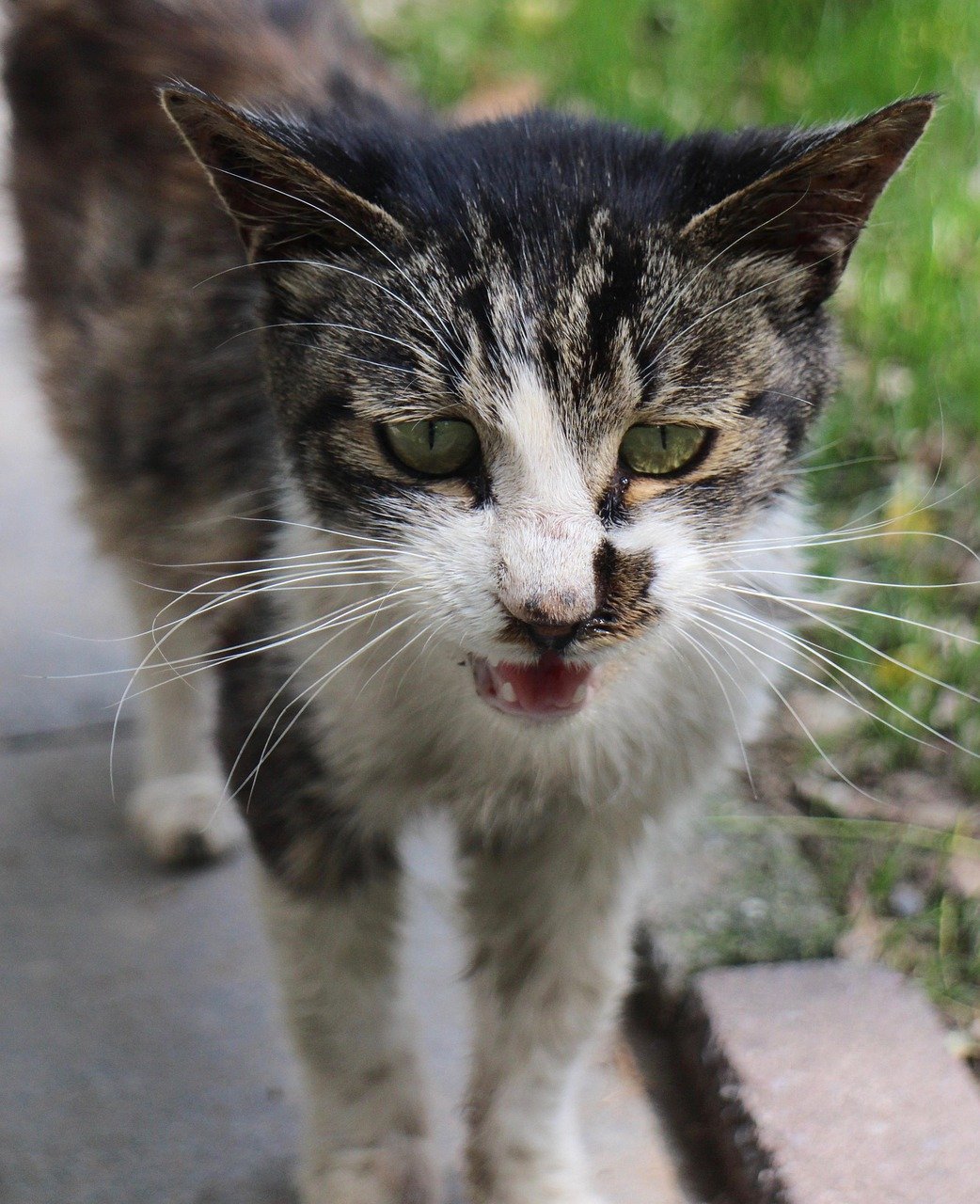
Cats have a whole symphony of meows, chirps, and trills, each with its own meaning. Some owners dismiss these sounds as meaningless, but cats often use vocalizations to communicate specific needs—hunger, attention, or even just conversation. Paying attention to the tone, frequency, and context of your cat’s meows can help you better understand what she’s asking for. Over time, you’ll learn to “speak cat” more fluently.
Believing Cats Hold Grudges
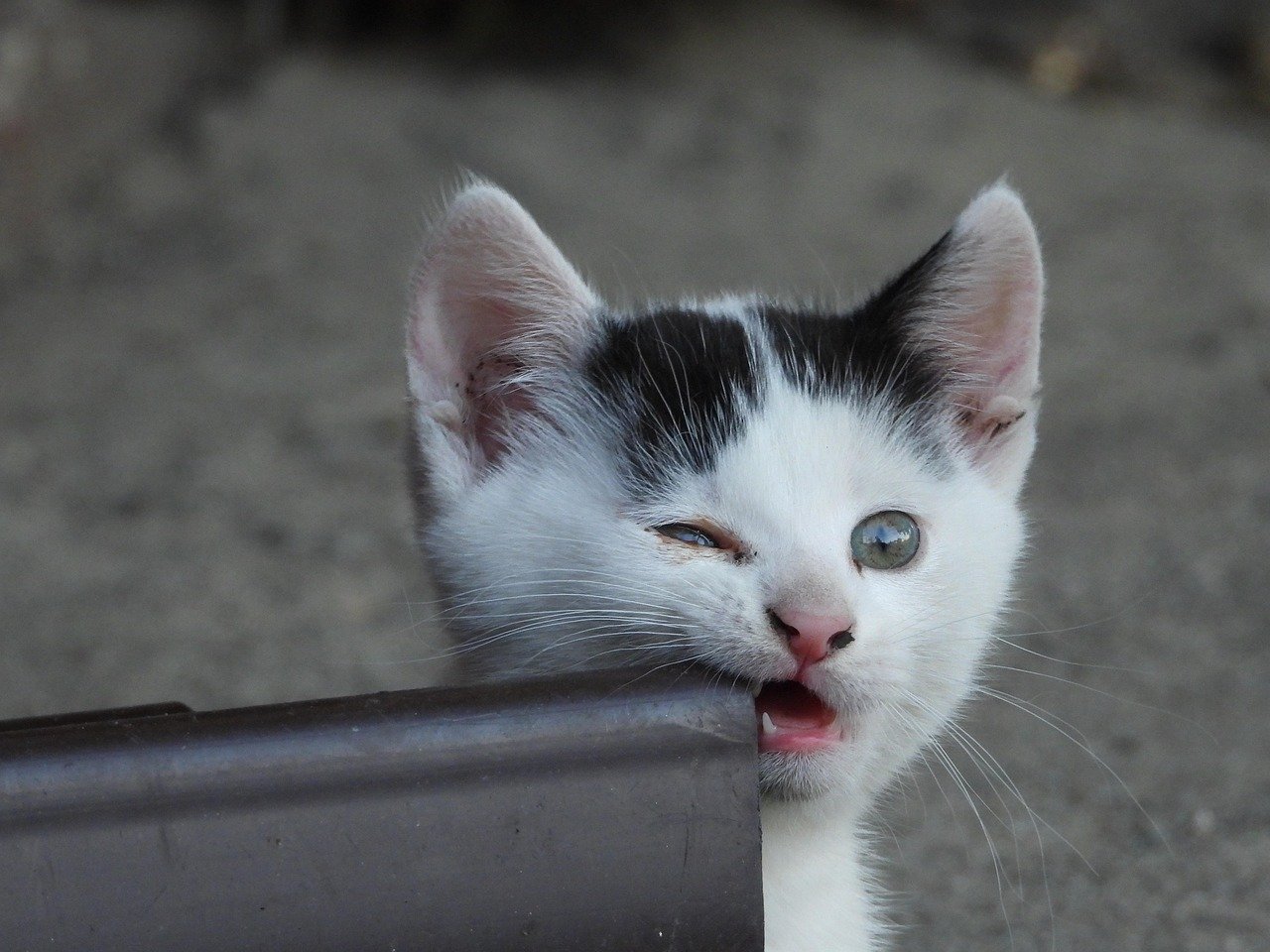
It’s easy to think your cat is plotting revenge after a trip to the vet or an accidental tail step. While cats remember negative experiences, they don’t hold grudges in the human sense. A cat’s apparent cold shoulder is more about fear or confusion than spite. Rebuilding trust through gentle interaction and patience works wonders. Remember, your cat isn’t out to get you—she just needs reassurance.
Assuming Litter Box Issues Are Always Behavioral

A cat going outside the litter box is often seen as acting out. However, litter box problems can be signs of medical issues, stress, or even just a dirty box. Before getting frustrated, rule out health concerns and check if the box is clean and placed in a quiet location. Addressing the root cause is more effective than scolding, and it can lead to a happier, healthier cat.
Thinking All Cats Love to Be Picked Up
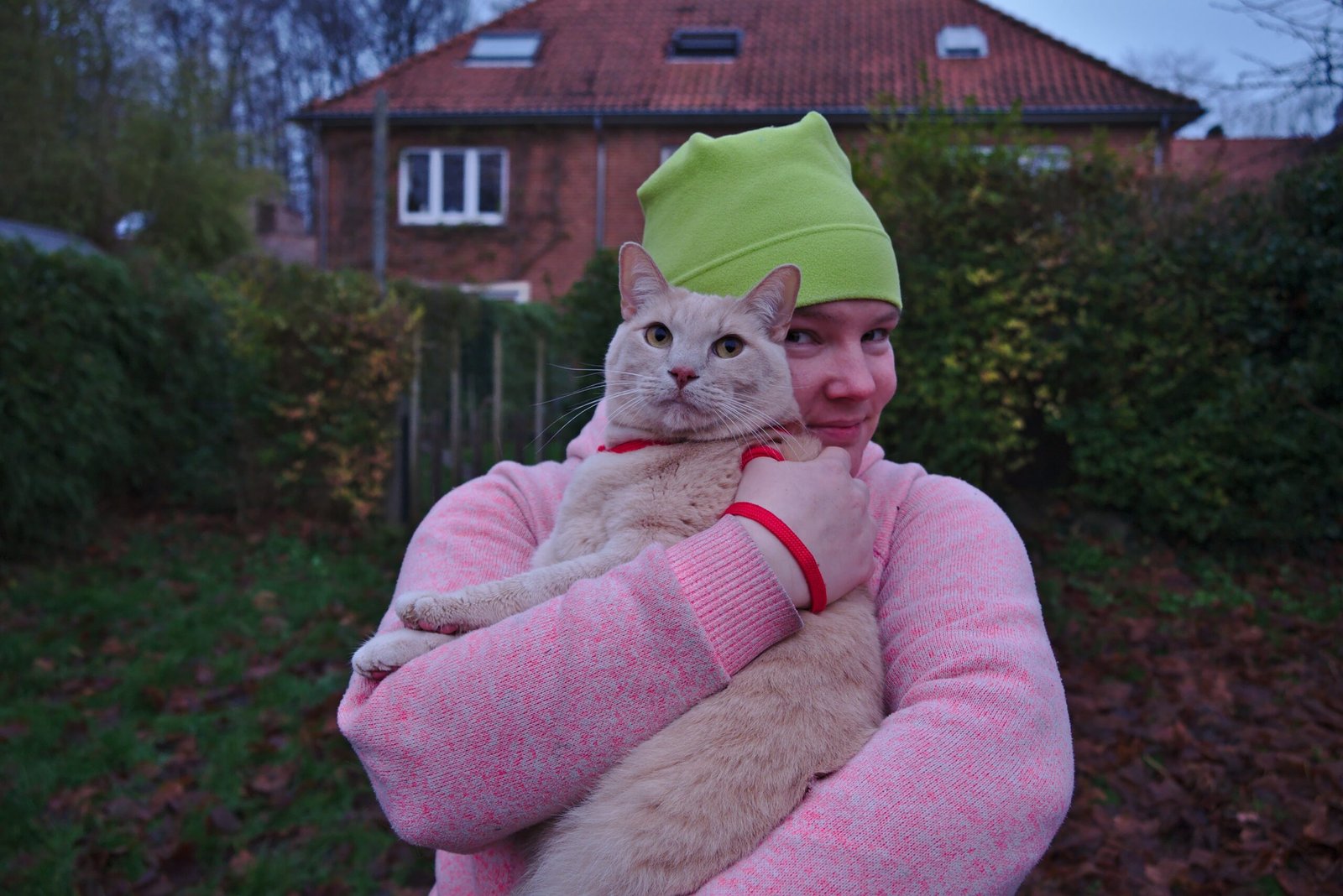
While some cats enjoy being held, many simply don’t. Forcing cuddles can make your cat anxious or scared. Cats prefer affection on their own terms, whether it’s sitting beside you or curling up on your lap. Respecting your cat’s boundaries builds trust. Over time, even the most independent felines may surprise you with their affection—on their own schedule.
Assuming Indoor Cats Don’t Need Enrichment
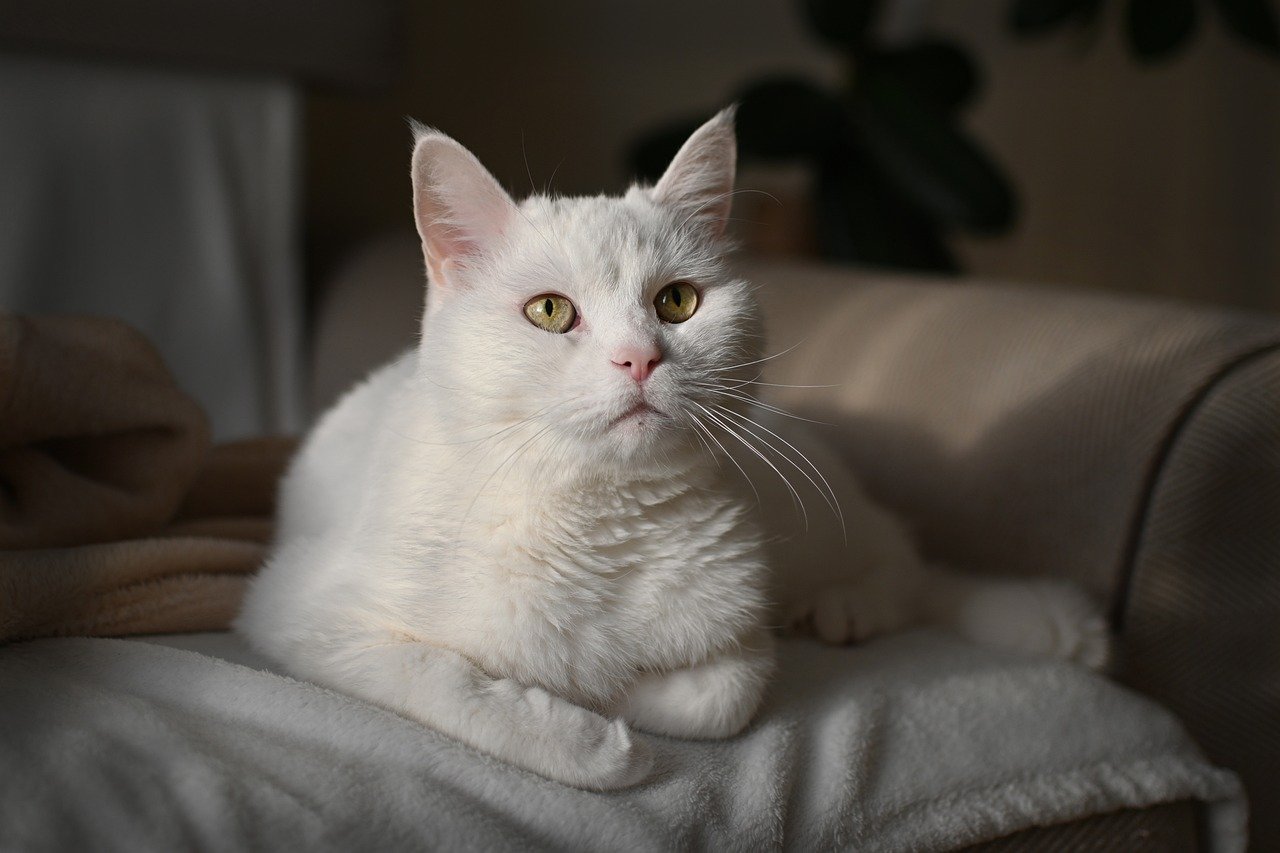
Owners often think that indoor cats are safe and content without much stimulation. In reality, indoor cats can get bored, stressed, and overweight without enough mental and physical activity. Simple enrichments like window perches, puzzle feeders, and climbing trees can transform your cat’s environment. A little creativity goes a long way in making your home a feline paradise.
Believing All Cats Hate Water

The image of a cat fleeing from a bathtub is iconic, but not every cat despises water. Some breeds, like the Turkish Van or Maine Coon, actually enjoy splashing around. Even cats that dislike baths may be fascinated by dripping faucets or fish tanks. The key is to let your cat set the pace when it comes to water—never force it, but don’t be surprised if she dips a curious paw now and then.
Thinking a Cat’s Belly is an Invitation
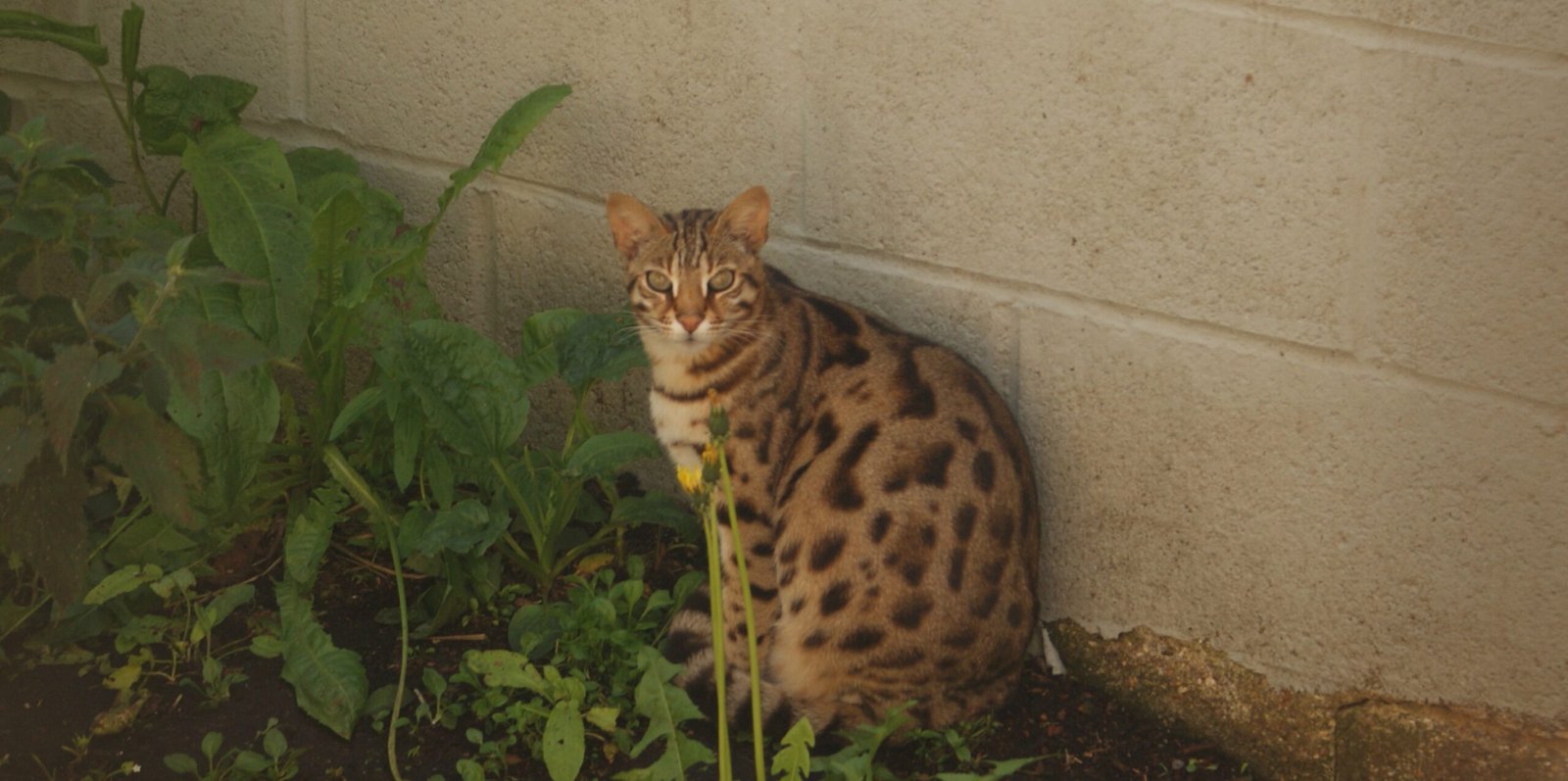
Few things are cuter than a cat rolling onto her back and exposing her belly. Many owners see this as a request for tummy rubs—only to be met with a swift swat. For most cats, showing their belly is a sign of trust, not an invitation to touch. The belly is a vulnerable area, and petting it can trigger defensive reactions. Instead, offer chin or head scratches and enjoy the trust your cat has shown.
Assuming Cats Don’t Get Lonely

Because cats are independent, some believe they don’t need companionship. However, cats can get lonely, especially if left alone for long hours. Signs of loneliness include excessive meowing, clinginess, or destructive behavior. Consider interactive toys, window views, or even a feline companion to keep your cat happy while you’re away. Your attention means the world to her, even if she plays it cool.
Believing Cats Don’t Need Routine

Cats thrive on routine. Sudden changes in feeding, playtime, or even furniture arrangement can stress them out. Owners sometimes overlook how much cats rely on predictability to feel safe. Establishing consistent routines for meals, play, and cuddles can reduce anxiety and help your cat feel more secure. A little regularity goes a long way in creating a peaceful home.
Thinking Hairballs Are Just a Nuisance

Hairballs are often shrugged off as an unpleasant part of cat ownership. While occasional hairballs are normal, frequent or difficult ones can signal underlying health problems. Regular brushing, a balanced diet, and plenty of water help keep things moving smoothly. If your cat is struggling with hairballs, it’s time to look more closely at her health and grooming needs.
Assuming Hissing Means Hatred
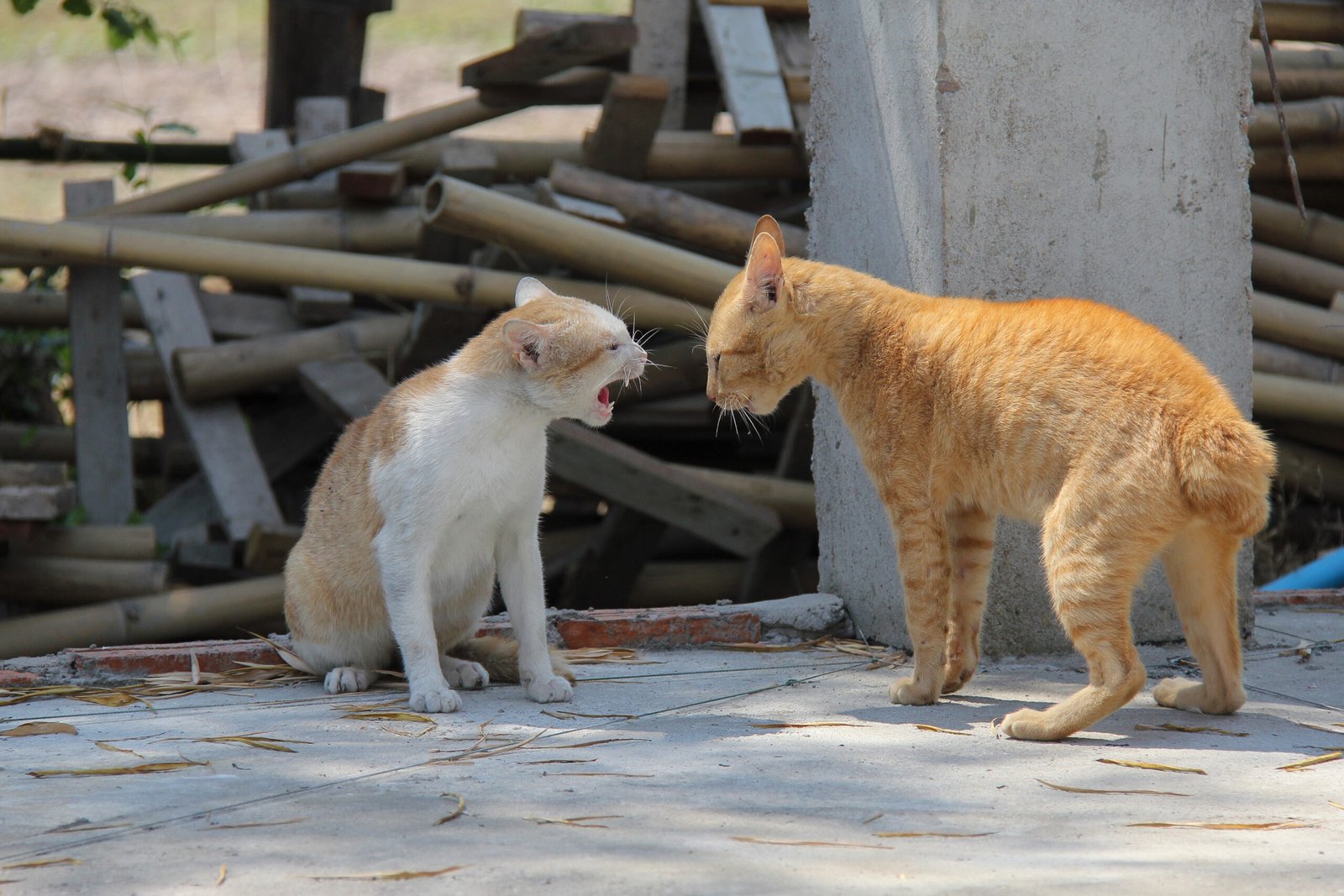
A hissing cat can be downright scary, but it’s not about hatred or aggression. Hissing is a defensive signal—your cat is scared, stressed, or trying to ward off a perceived threat. Owners who interpret hissing as meanness may respond with frustration, making things worse. Instead, give your cat space and time to calm down. Understanding this reaction can prevent misunderstandings and deepen your trust.
Believing All Paws Are Created Equal
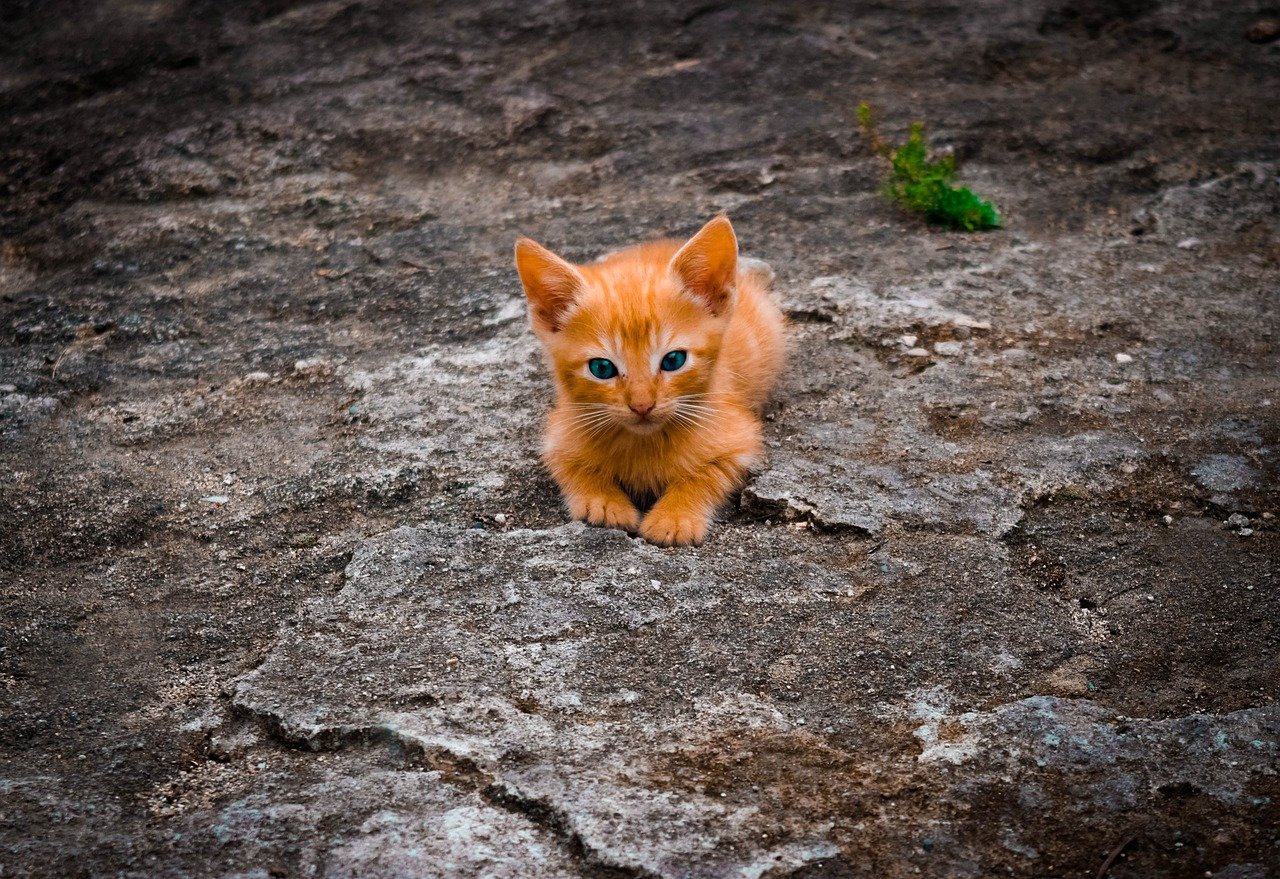
Not every cat likes having its paws touched. Owners who try to trim claws or inspect paws may be surprised by a sudden squirm or bite. Paw sensitivity is common, and forcing contact can damage trust. Instead, handle your cat’s paws gently and gradually, rewarding her for staying calm. With patience, even the most paw-shy cat can learn to tolerate a little TLC.
Hi, I’m Bola, a passionate writer and creative strategist with a knack for crafting compelling content that educates, inspires, and connects. Over the years, I’ve honed my skills across various writing fields, including content creation, copywriting, online course development, and video scriptwriting.
When I’m not at my desk, you’ll find me exploring new ideas, reading books, or brainstorming creative ways to solve challenges. I believe that words have the power to transform, and I’m here to help you leverage that power for success.
Thanks for stopping by, Keep coming to this website to checkout new articles form me. You’d always love it!






